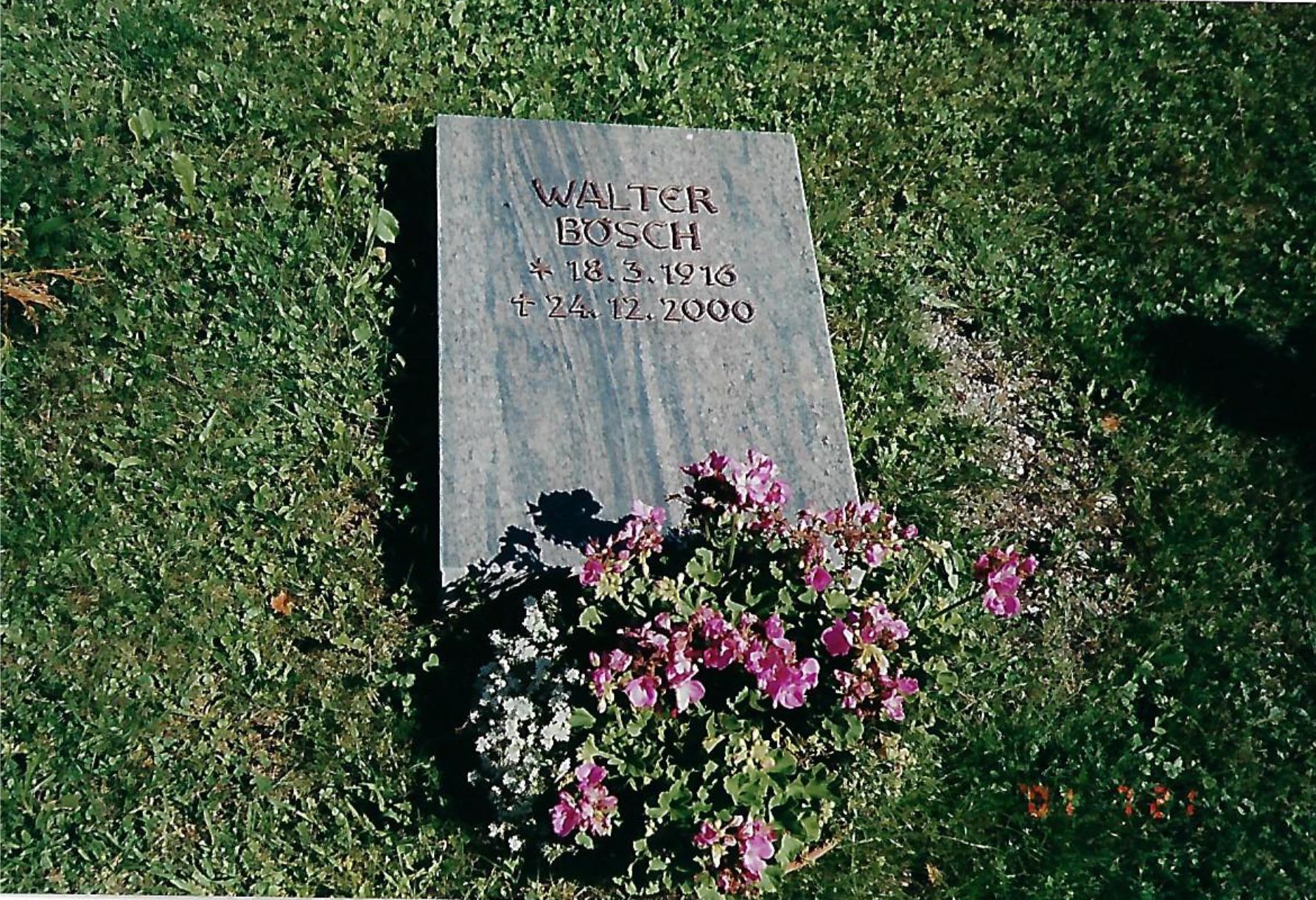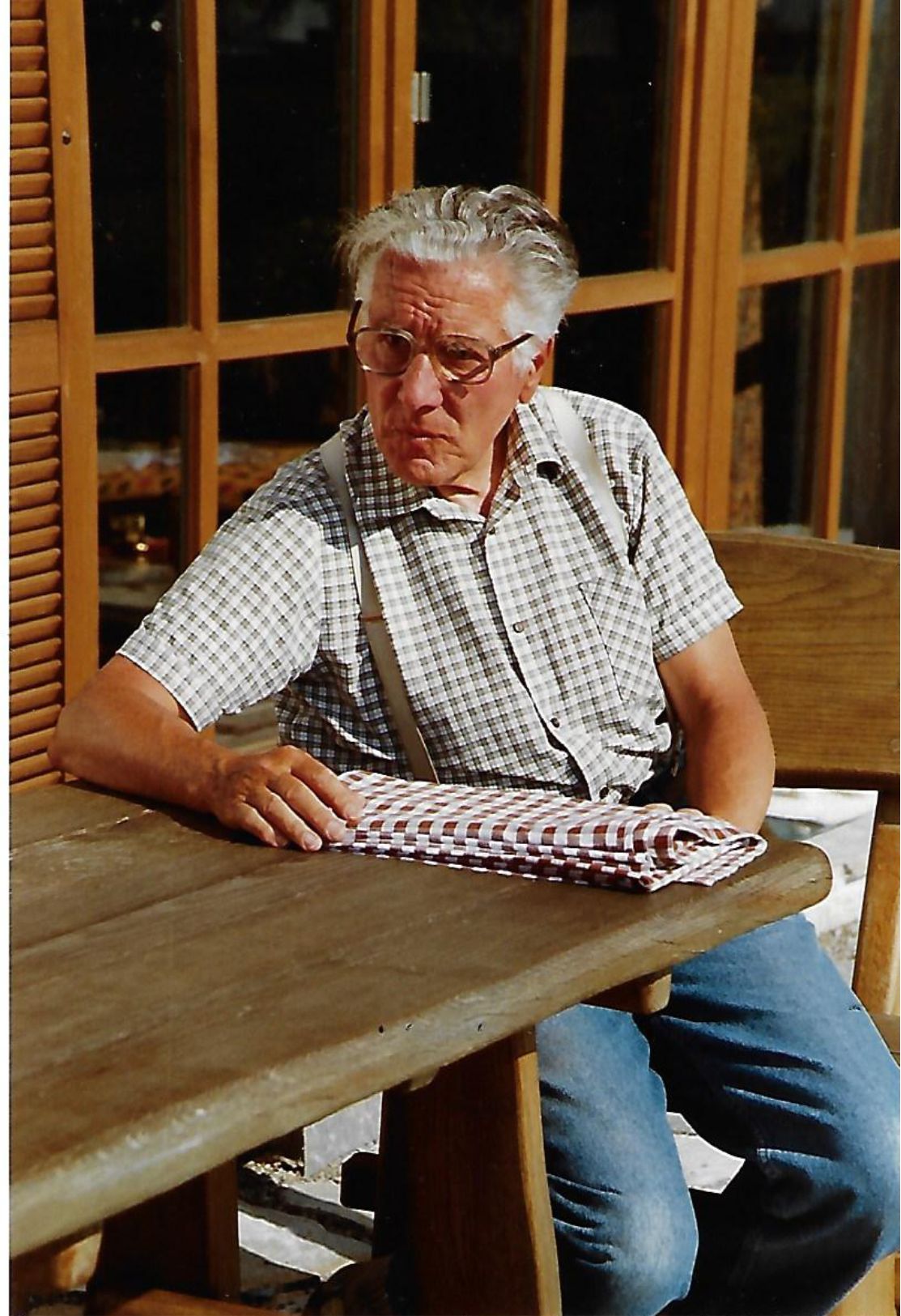Walter's Biography
Walter Bösch was born March 18, 1916 in Diessenhofen, Switzerland. His parents had a draper’s and sewing shop. Their hobby was music; they played Concert Zither in the zither association that they founded in St. Gallen.
Walter had an older sister Elsi and a twin brother Hans, who tragically passed away in the young age of 21. {Walter’s son is named Hans-Detlef in memory of his brother.}
Walter grew up in St. Gallen, where he attended secondary school and later the conservatory.
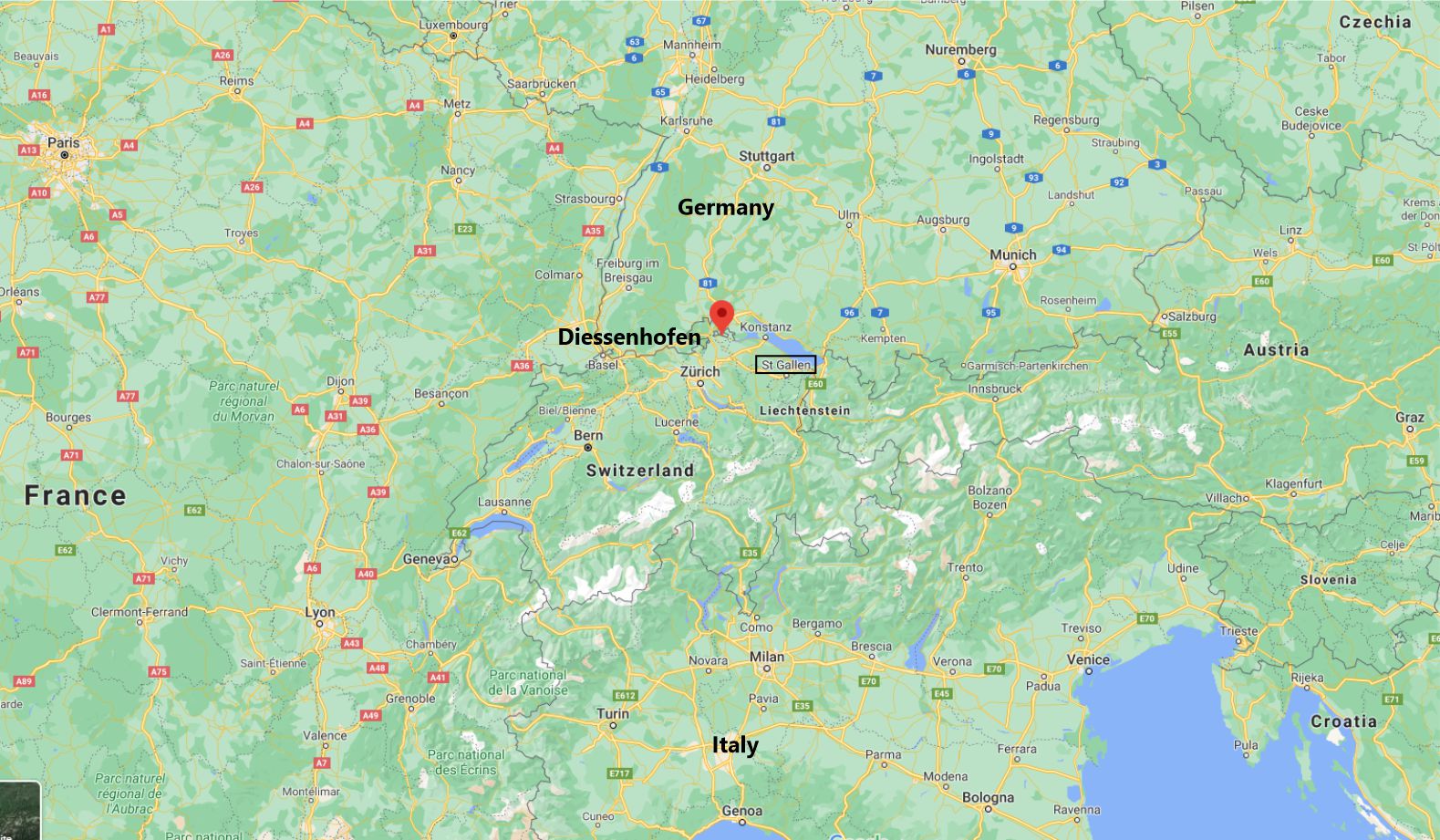

Walter had a serious character, almost overearnest and unsmiling. But when he performed any kind of art, he “blossomed out” and shined. At the conservatory he was a model student, very diligent, achieving highest level of technical performance playing the violin. But the shining difference to others was his musicality.
In addition of playing the violin he drew and painted since childhood. He had a natural talent, and learned all by himself, comparing what he drew or painted with the respective object, almost never being satisfied with the result, all the time on the search to improve. One way for him to learn and improve was to copy famous painters. At the age of 17 year he copied Van Gogh’s “The Langlois Bridge at Arles” so accurately that you have to get very close to recognize that it is not the original.
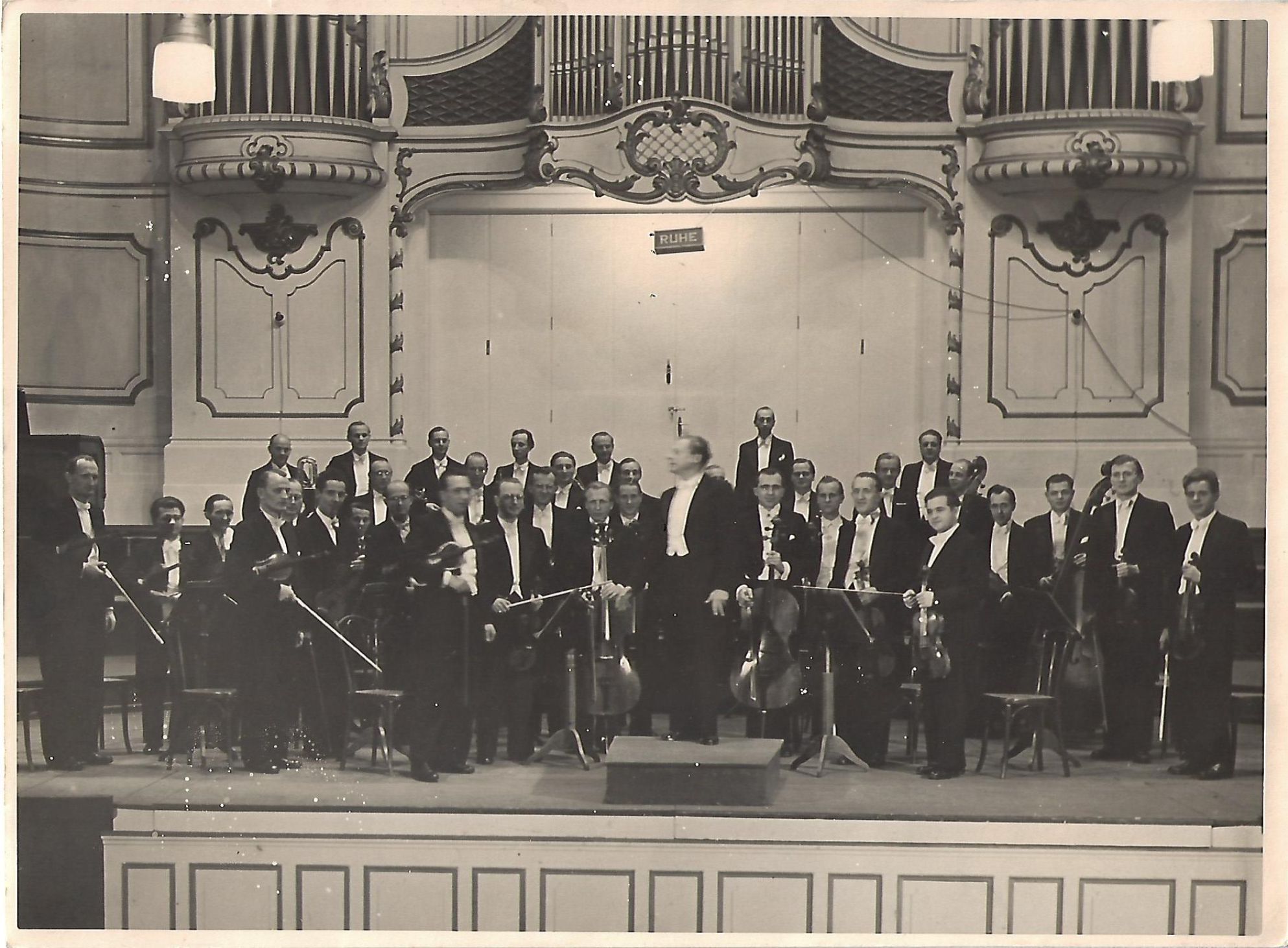
Swiss orchestras did not satisfy Walter’s ambition and aspiration; so, he decided to go to Germany, where he was hired as 1. Violinist in the Hamburger Symphonie Orchester in 1946.
On one if his trips in Germany to meet with orchestras he spent a few days in Berlin, where his later wife Anneliese happened to visit her brother. Was it “accidence” or “fate”? In any case it was “love at first sight”. They married in 1944, but could not live together until 1946.
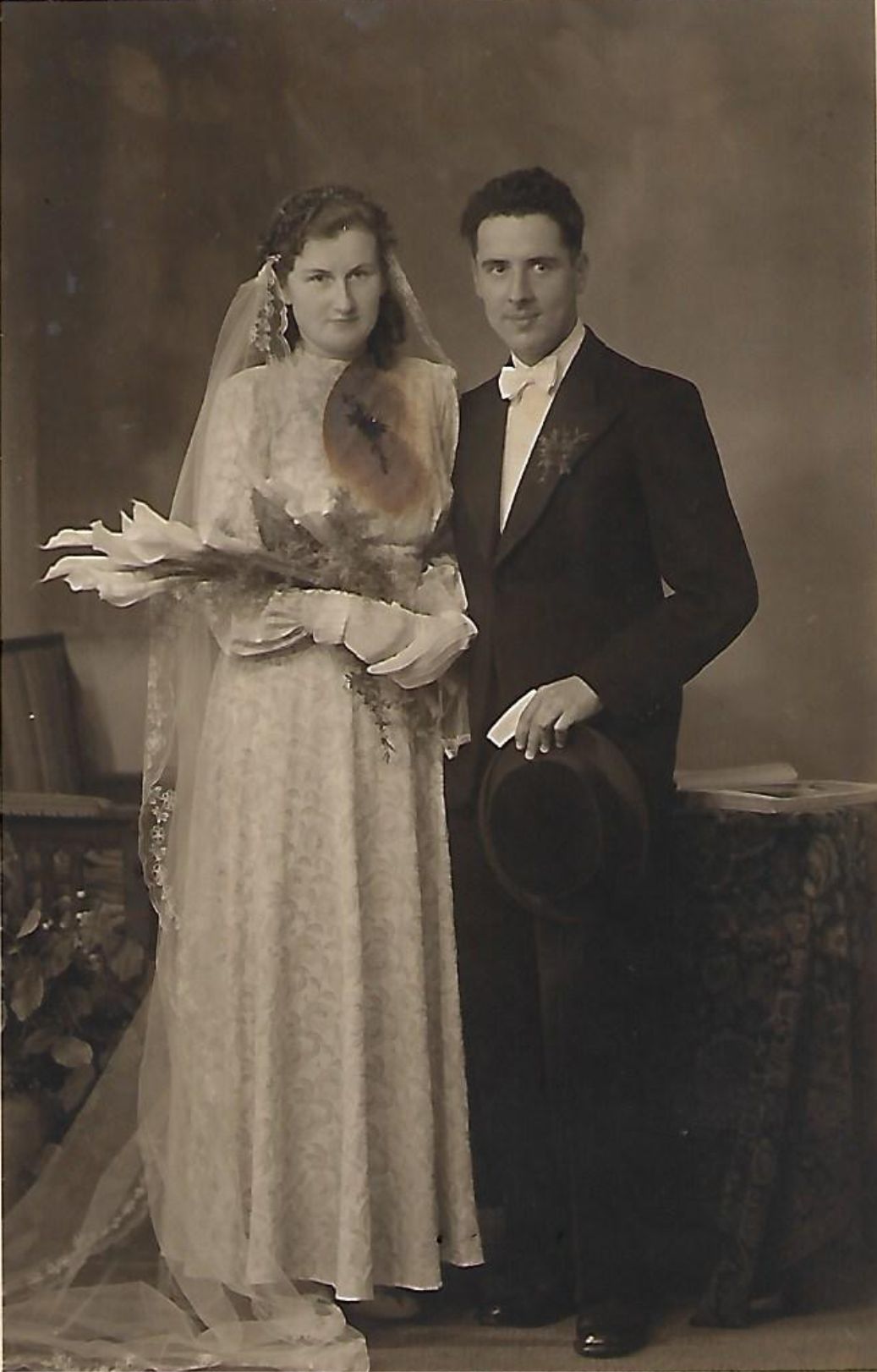

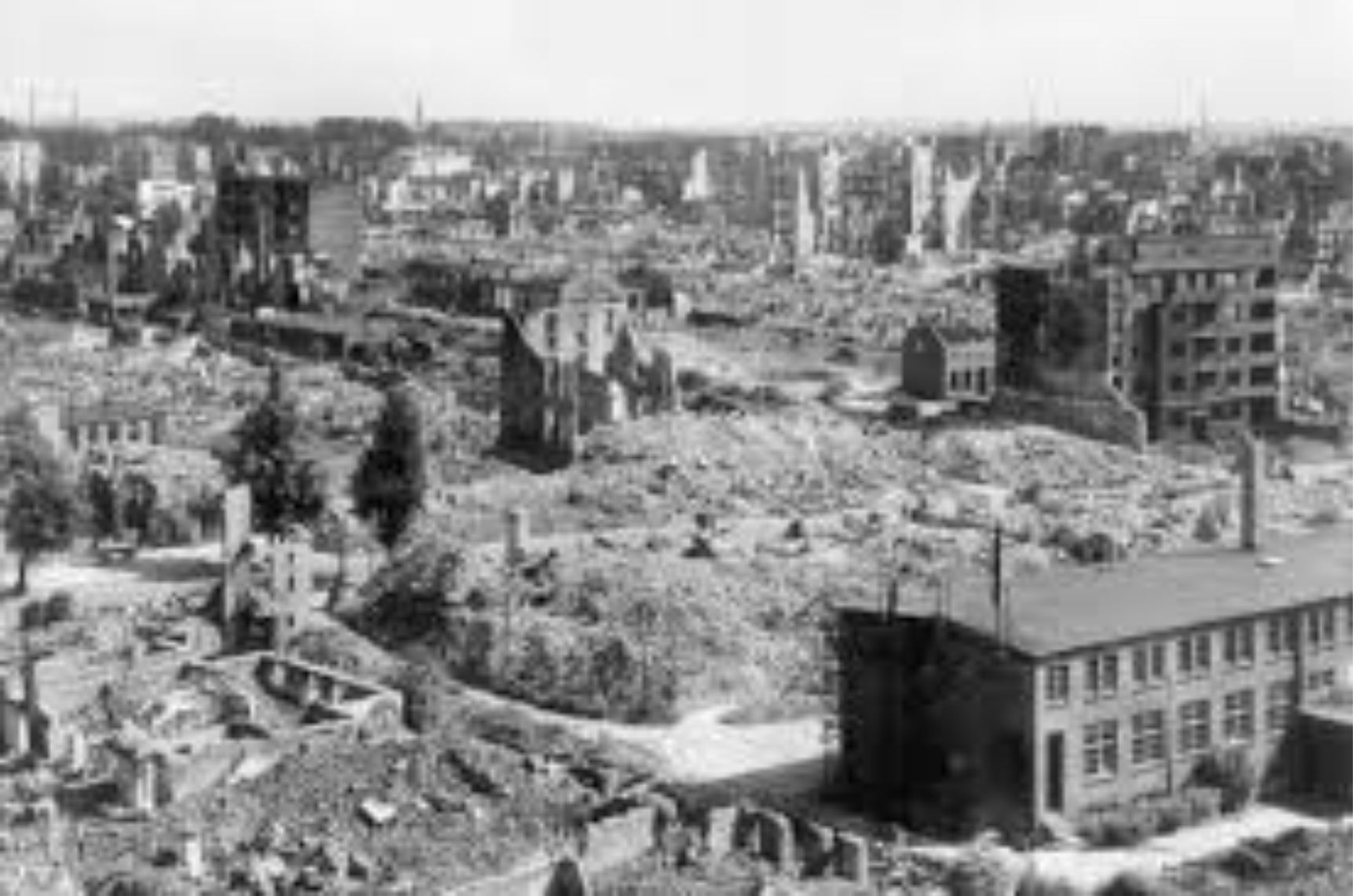
These are pictures of Hamburg after the II. World War. Walter’s father rightly asked: “Why do you want to go to a valey of tears? You could have a very comfortable life here in Switzerland joining the orchestra in Zurich.” But Walter never took the easy way, unflinchingly he followed his destination.

Walter titled this sketch “Still Life in a Barrack”. 1946 at the beginning of the reconstruction there were no apartments for rent. All you could get is a room in one of the hundreds hastily built barracks.
With some luck and his famous eloquence and persuasiveness he could convince a couple to rent out one room in their rental apartment, where he and his wife lived for five years. {Who in the western world today can even imagine how to live in one room with a family of three for years?}
Finally, in 1951 the NDR (North German Radio Broadcasting) had built small townhomes for rent by their employees including the members of the Symphonie Orchester. Walter and family moved into one of these townhomes and lived there until 1986.
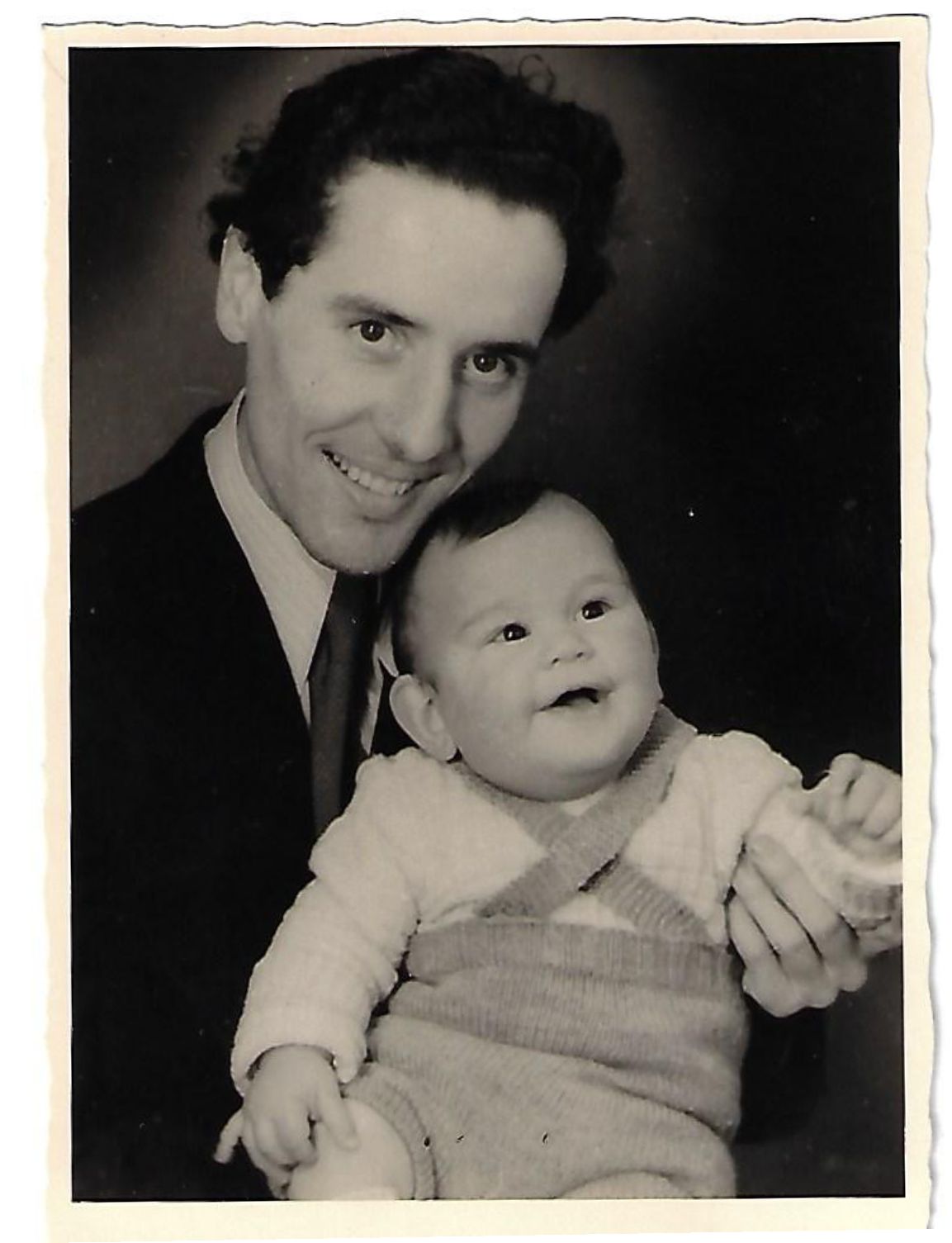
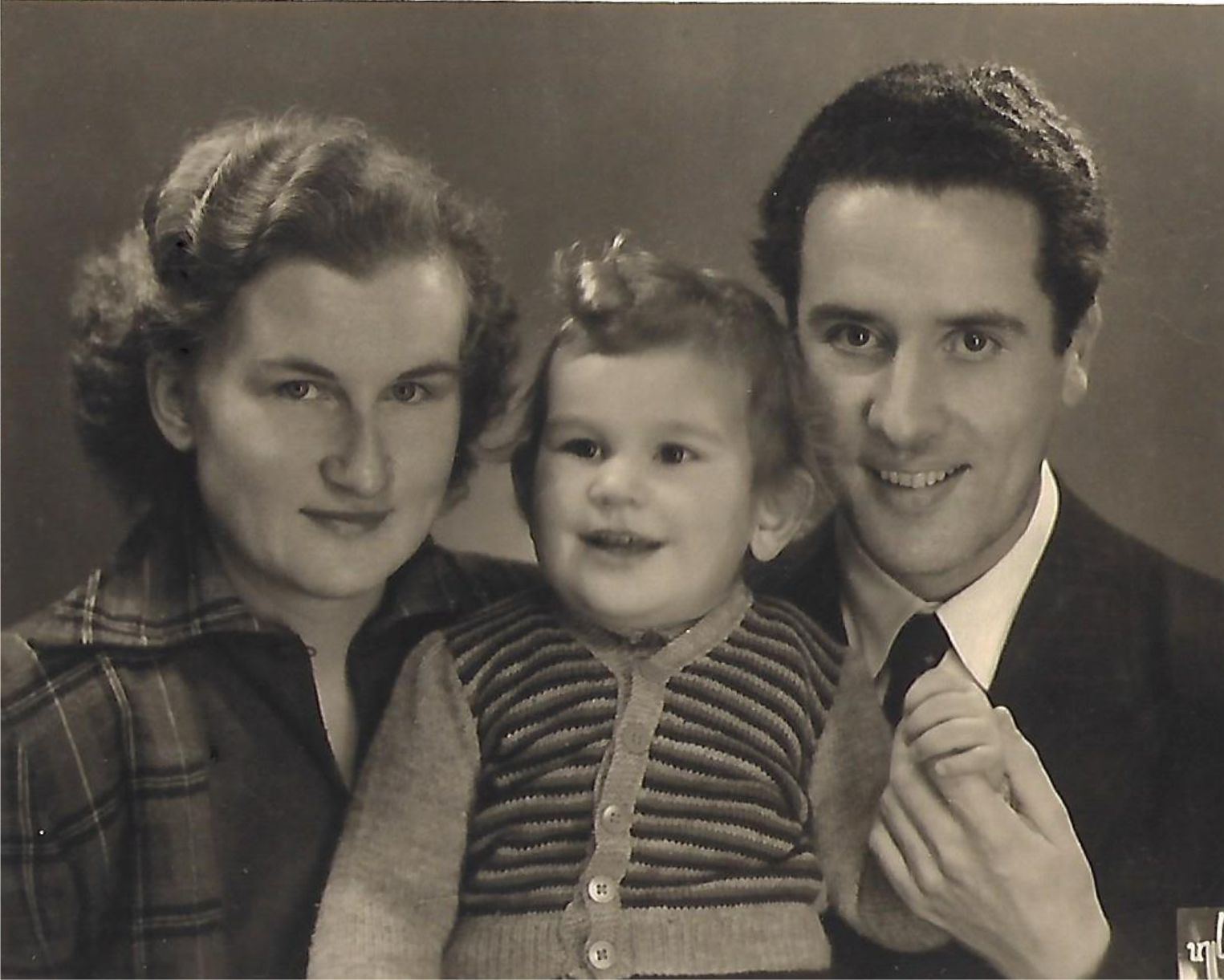
July 19, 1947 Hans-Detlef was born, the long-waited child. Walter did everything for his son. Though Walter and Anneliese hoped for more children, he was their only child.
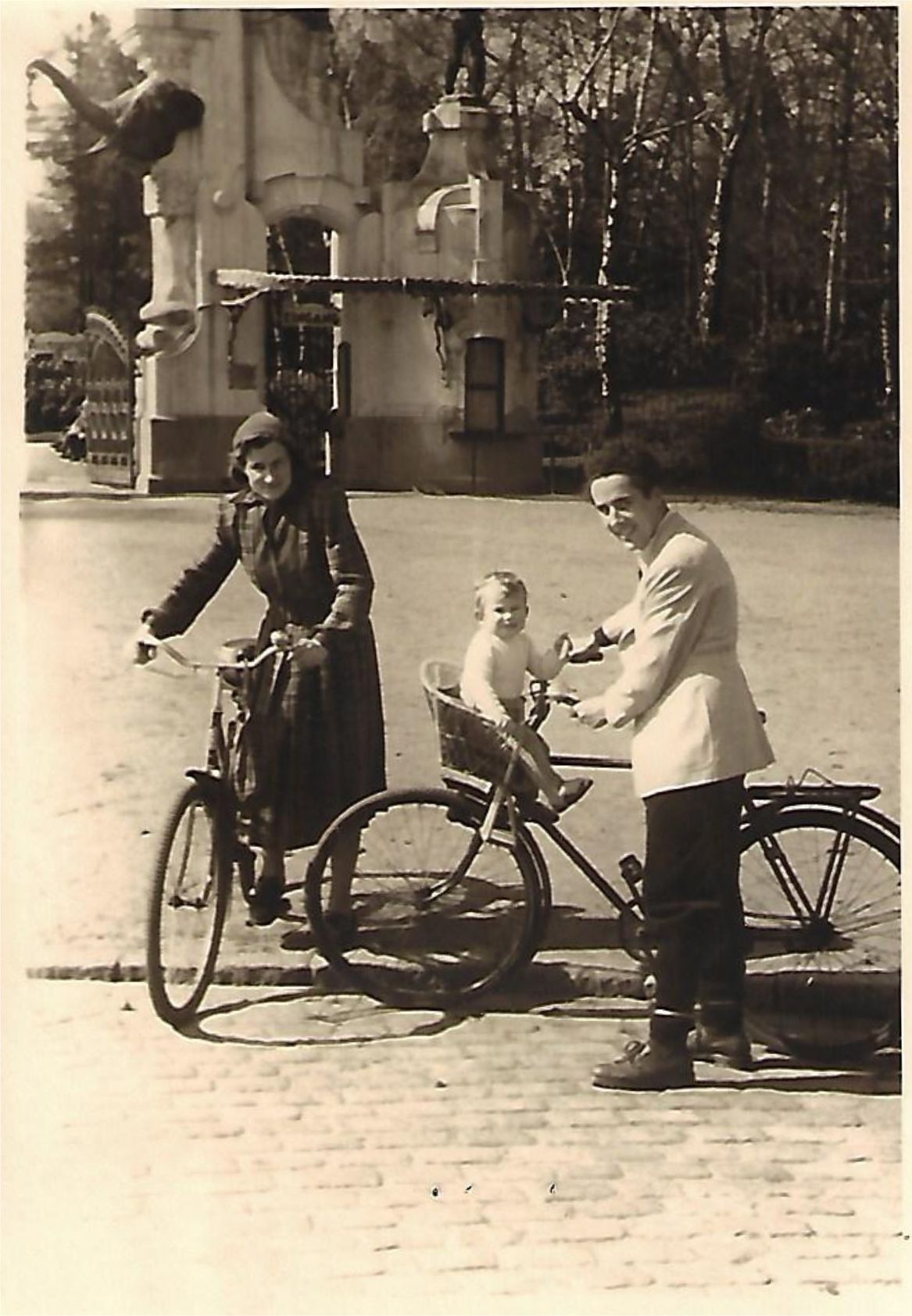
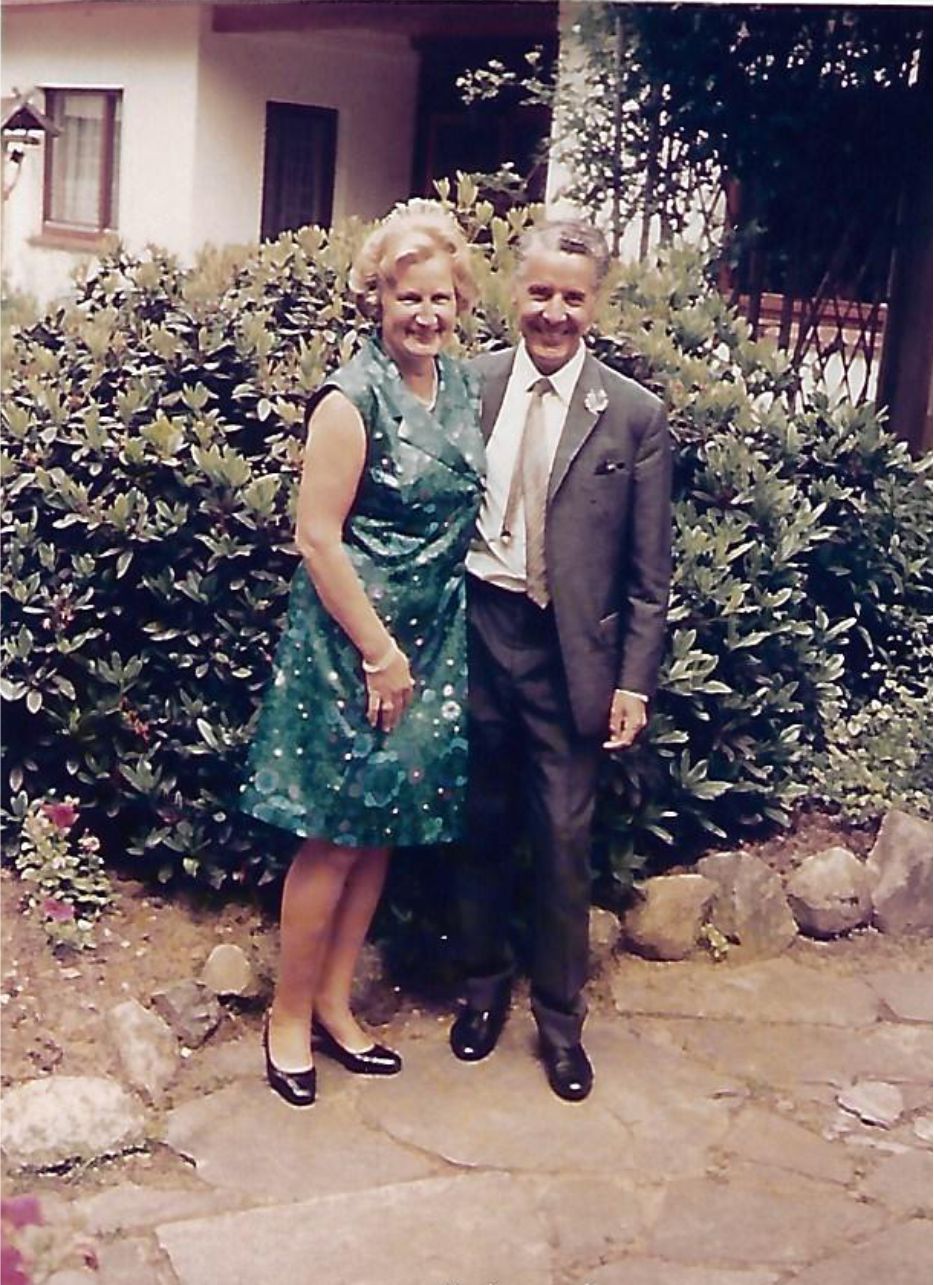
During the 56 years of marriage Walter and Anneliese got through highs and lows, shared joy and suffering, respecting each other’s highly different character. Left is a picture of the silver marriage, the right one is taken at Walter’s 80th birthday.
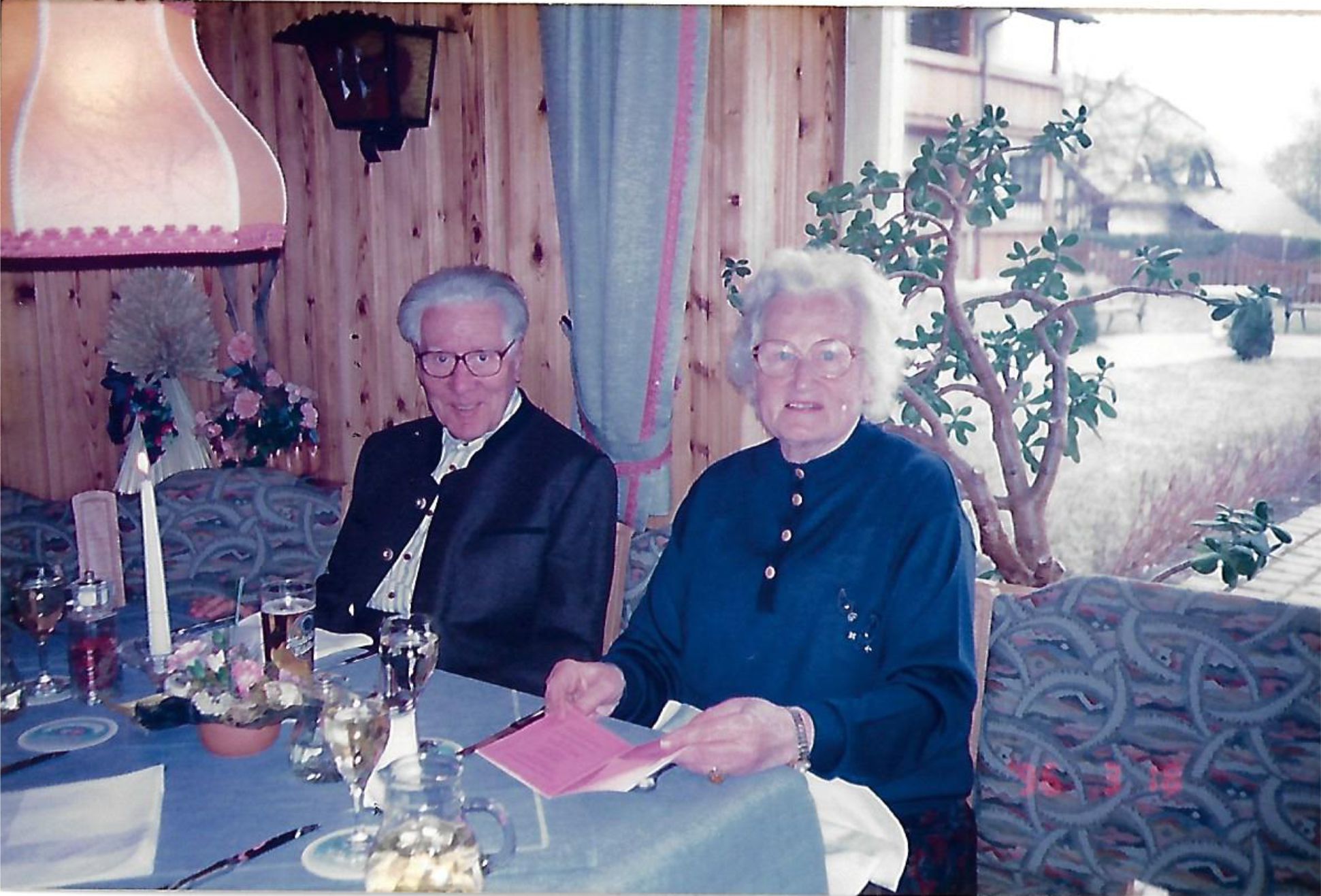
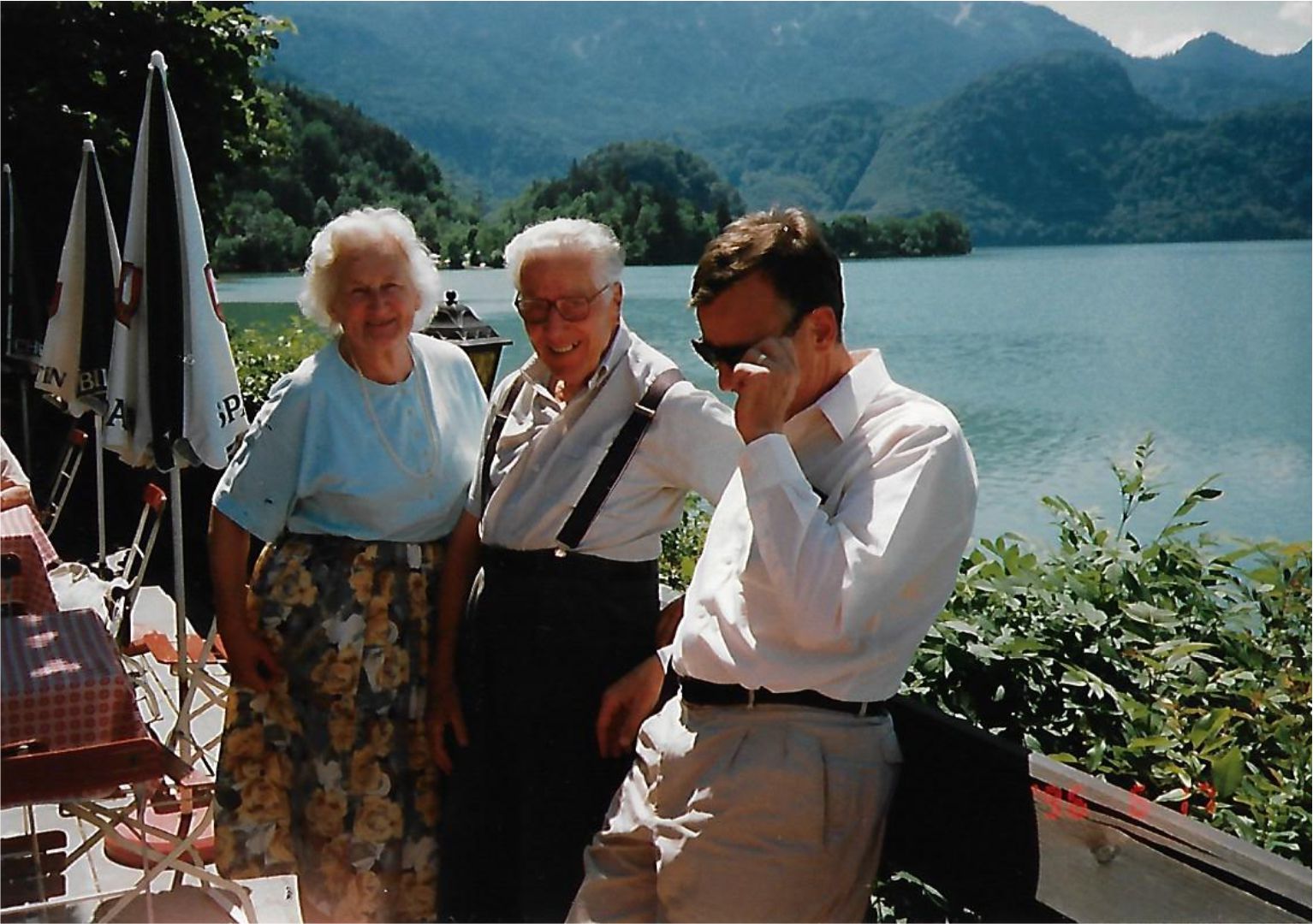
In his old age he moved twice to be closer to his son; first to Utting, then to Kochel am See in Bavaria, Germany. The last four years of his life he loved to hike and paint in the surrounding of Kochel that were similar to the mountains he grew up with. He stayed active literally until the last day of his life, when he rode his bicycle in the morning, and painted in the afternoon; in the night he passed away peacefully. It was Christmas Eve 2000.
